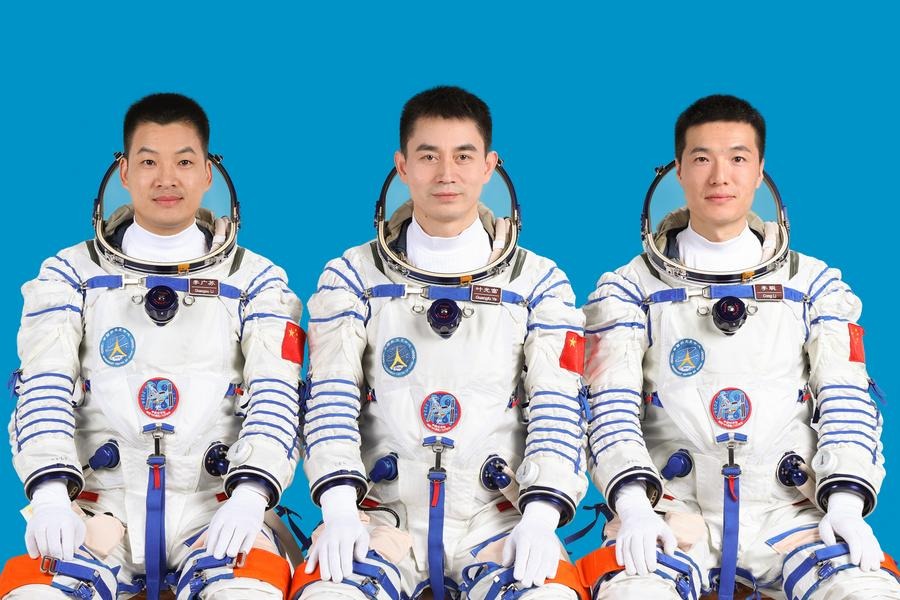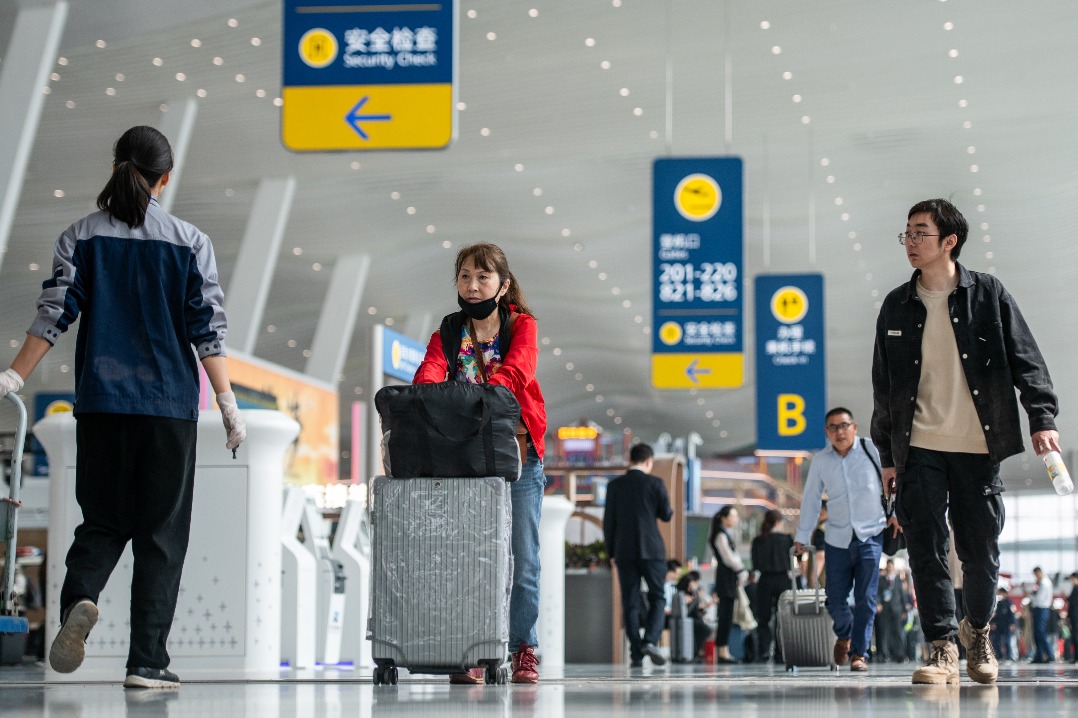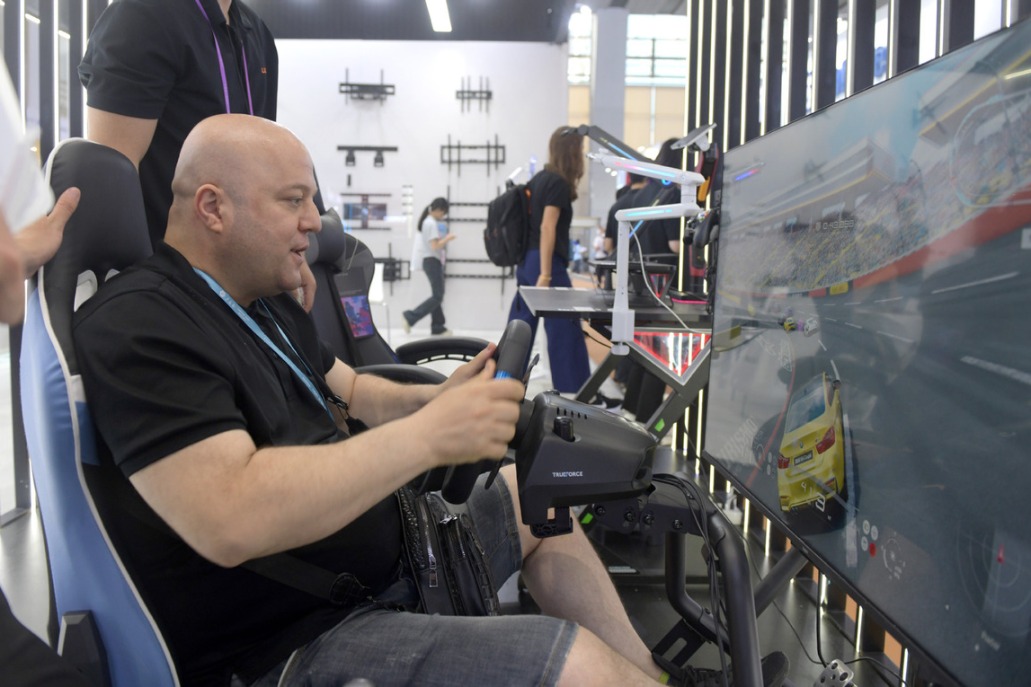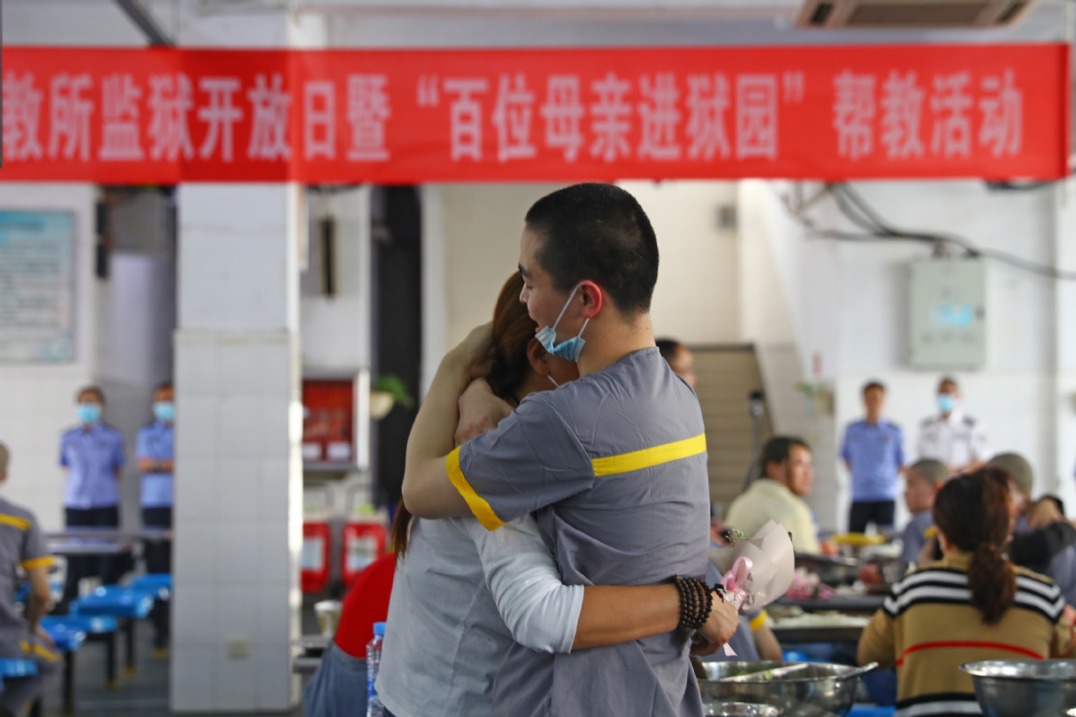Male consumers spur medical aesthetics industry in China
By ZHENG YIRAN | China Daily | Updated: 2021-04-29 07:29

Men who have reached high career milestones tend to pay more attention to their appearance, said Liu Di, founder and CEO of cosmetic surgery platform Gengmei.
"Our target group are middle-income or high-end customers. Some are celebrities, fitness or fashion bloggers, as well as artists," Mu said.
According to SoYoung, the post-2000s generation is more willing to have major surgeries such as bone surgery.
On the other hand, post-1990s men prefer comprehensive eye and nose surgery, while those born between 1970 and 1989 are fond of hair transplants and face-lifts.
A survey conducted by the World Health Organization showed that currently, over 250 million Chinese suffer from hair loss problems, and out of this nearly 160 million, or 64 percent are men.
These types of issues have created a tremendous market in the country. Guangzhou-based iiMedia Research said that last year, China's hair transplant market surpassed 20 billion yuan.
"Like women, men are also afraid of getting old. With technology maturing, more and more male consumers are now opting for medical aesthetics to look younger and be more attractive," Mu said.
In terms of consumption power, the report from SoYoung showed that in 2018, per customer transactions for men was 2.75 times that of women.
"Male consumers tend to pay handsomely, and they seldom bargain. Instead of the price, what they care about is whether the operation can really solve their problems. In contrast, female consumers normally spent less at a time, but the frequency of their consumption is higher," Mu said.
Industry experts said although there was an increasing number of male consumers willing to make known their pursuit of personal beauty, which lowers the psychological threshold for men to enter medical aesthetics institutions, most of them are still unwilling to reveal their related experiences. If enterprises are to tap into the market, constant efforts are needed in educating the market, they said.
For example, Mu said that the outlet is now shooting a series of programs called "Be a younger me",inviting 100 elites from all walks of life, including media outlet founders, investors and TV hosts, to share their stories about becoming younger.
"The 100 elites are KOLs, and their stories serve as a way of market education, encouraging the public to have a more open attitude about medical aesthetics," she said.
Statistics from iResearch showed that currently, there were more than 80,000 illegal medical aesthetics clinics in China, and qualified institutes only account for 14 percent of the total. The inadequacy of qualified institutions created a breeding ground for illegal ones.
They said that the government should make more efforts to supervise and regulate the sector, so that more male consumers can spend their money with less hesitancy.
More and more men are becoming the main consumption force of medical aesthetics. But there is still a long way to go, they added.























